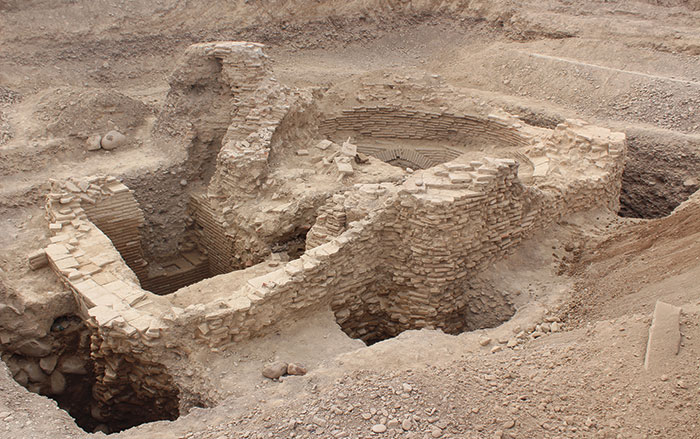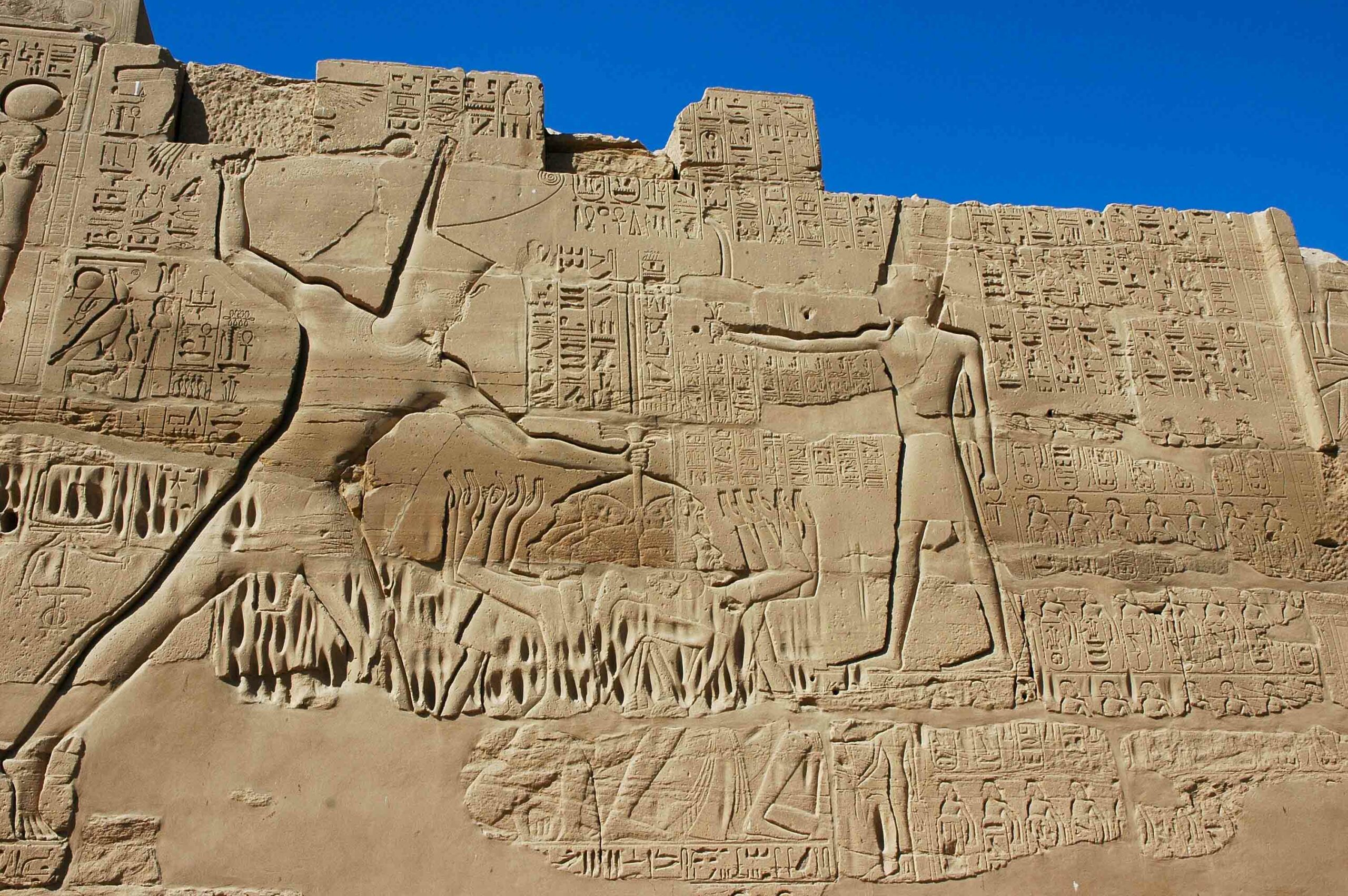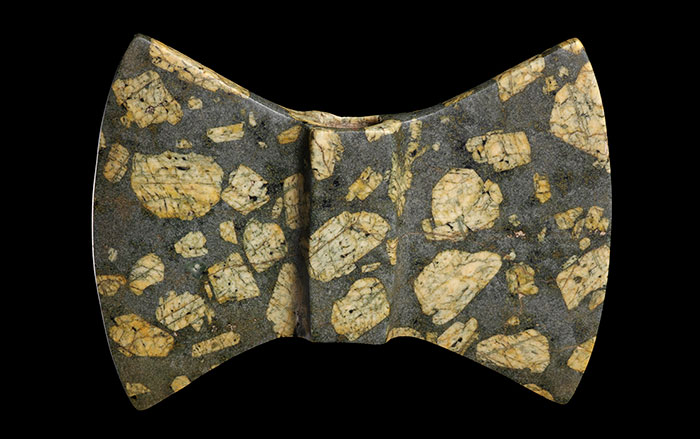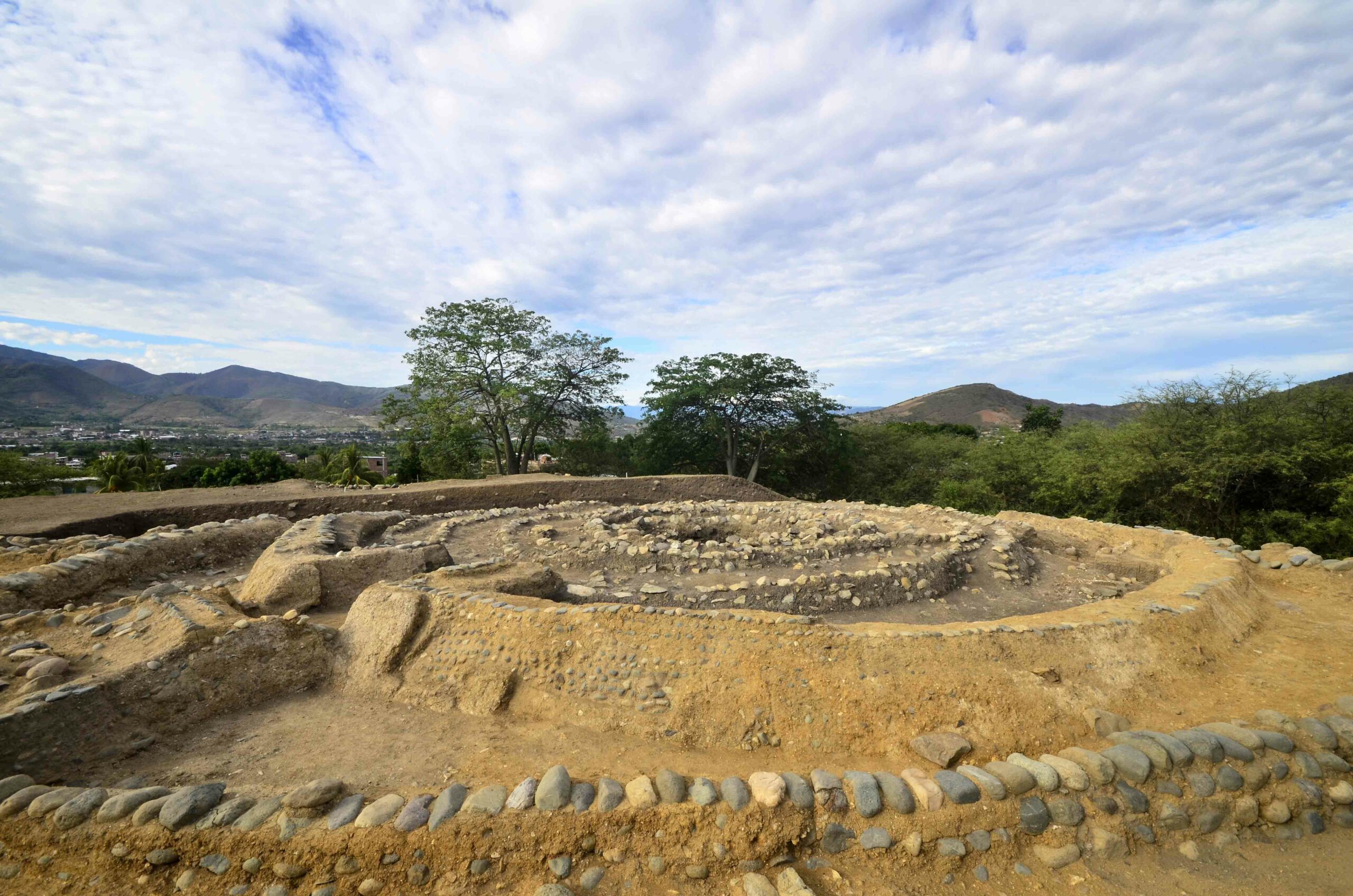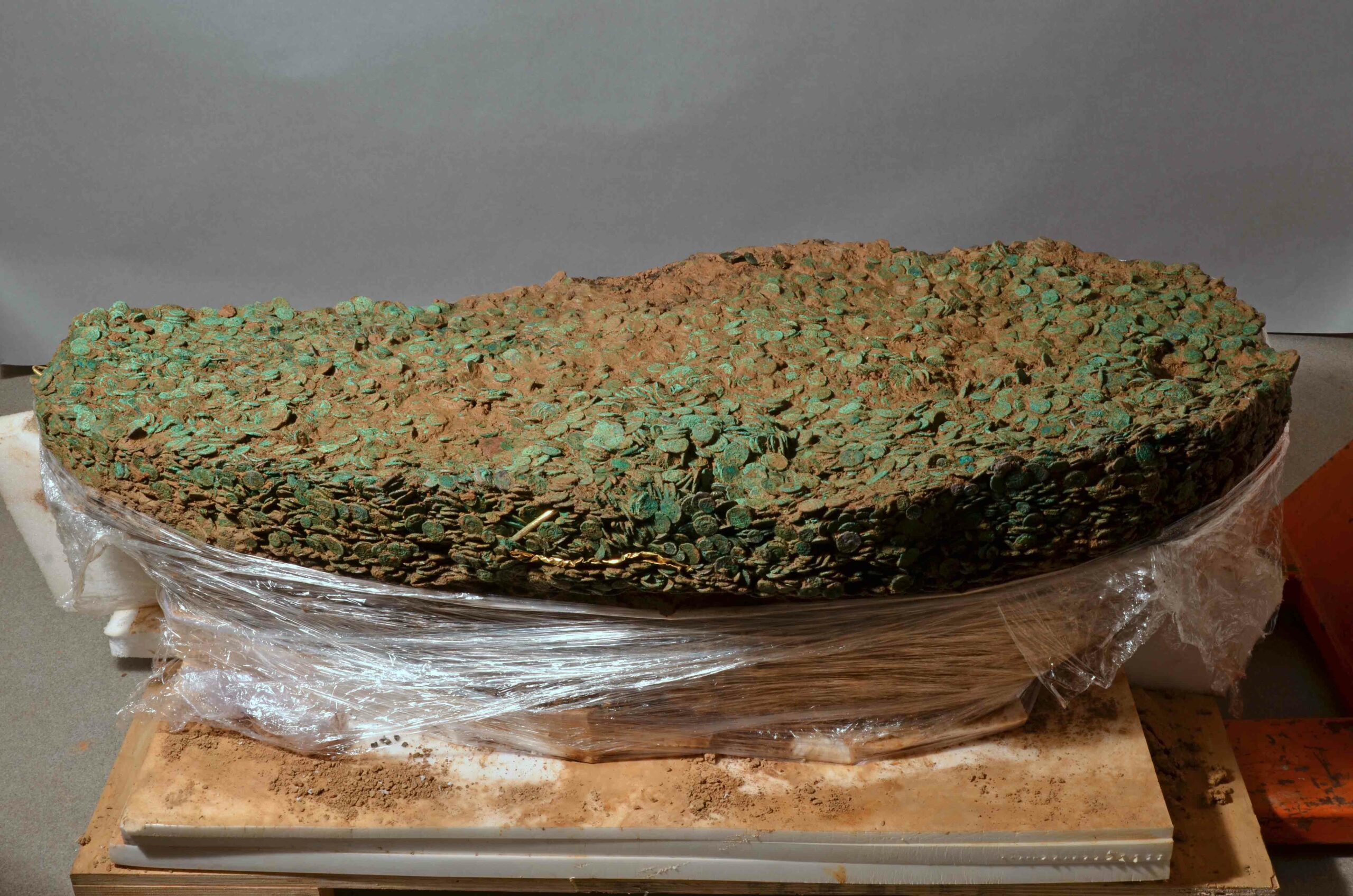
NANCHANG, CHINA—The tomb of sixteenth-century playwright Tang Xianzu has been identified in a cluster of Ming Dynasty (A.D. 1368‒1644) tombs in east China’s Jiangxi Province, according to a Xinhua report. Tang is remembered for four plays known as the Four Dreams, and his masterpiece, a romance called Peony Pavilion. The tomb is thought to hold the remains of Tang and his third wife, Fu. His second wife is also thought to have been buried in the cemetery. Several epitaphs found in the cemetery may have been written by Tang. “The epitaphs can help us learn more about the calligraphy, art, and literature in Tang’s time,” said Xu Changqing of the Jiangxi Provincial Cultural Relics and Archaeology Research Institute. In addition, the discovery has yielded information about Tang’s life, his family relationships, and his ancestry. A monument to the playwright is planned for the site. To read about another recent discovery in China, go to “Tomb Couture.”


